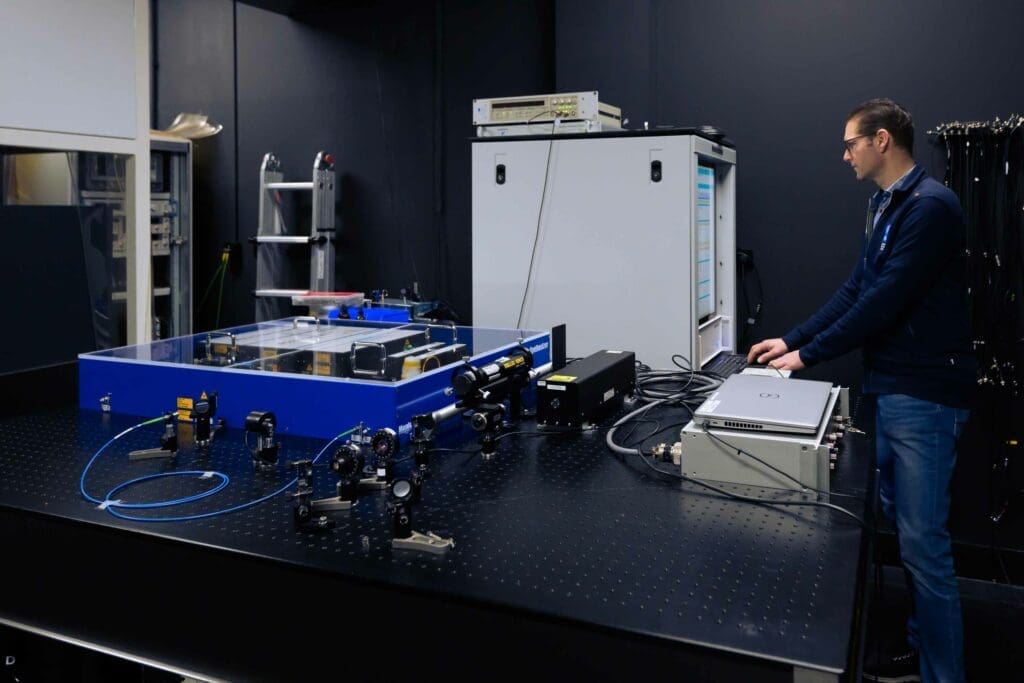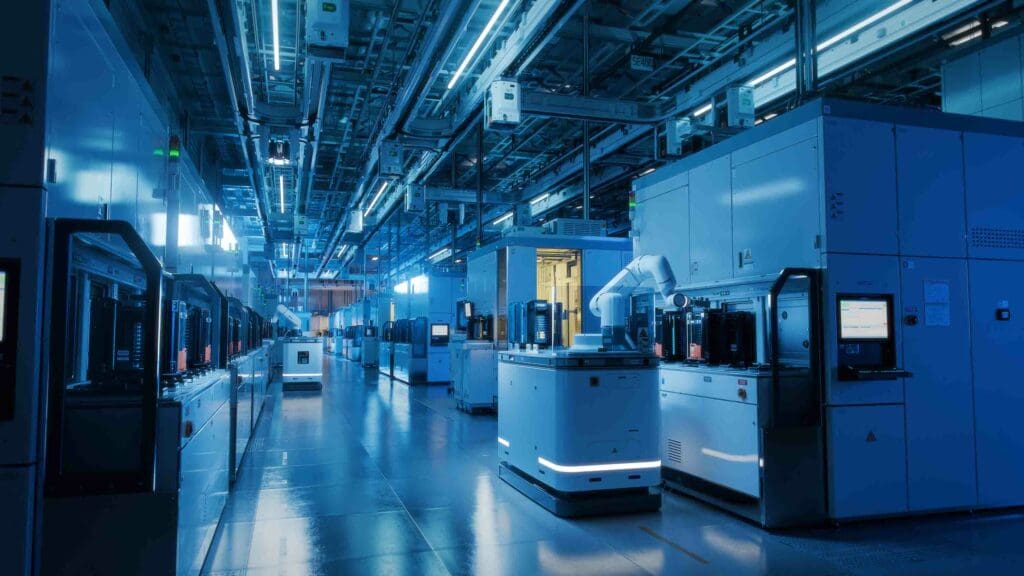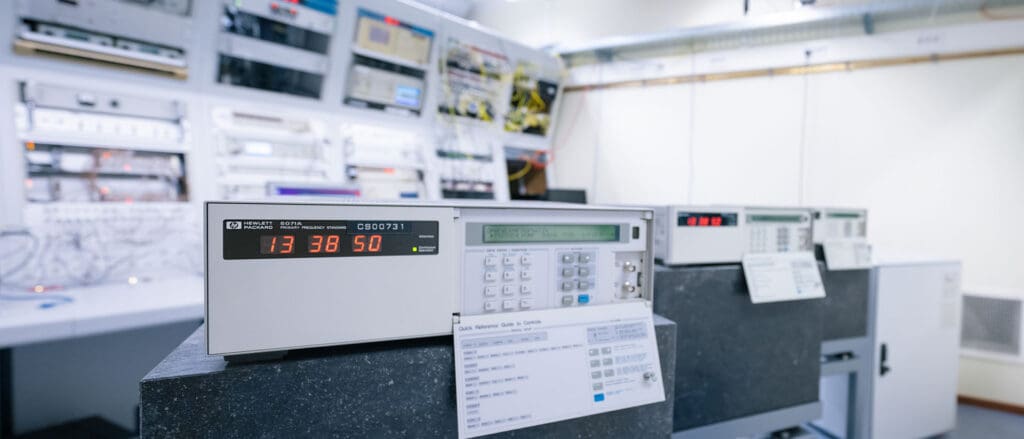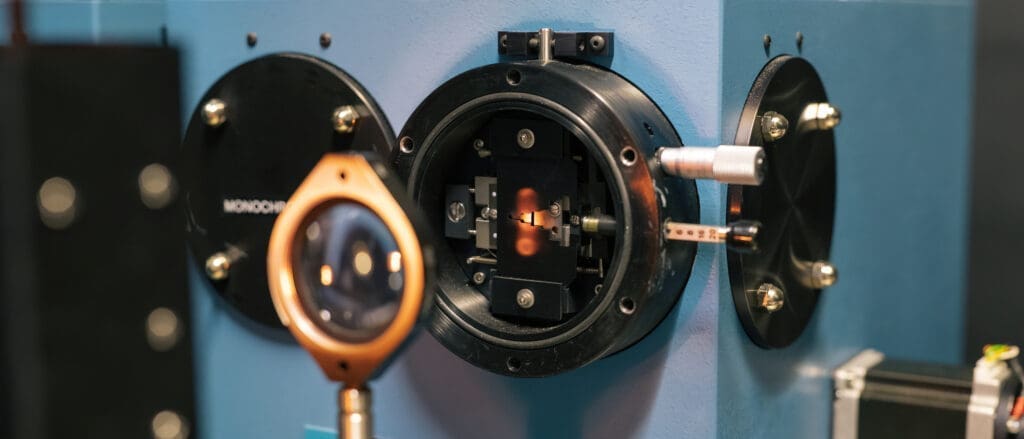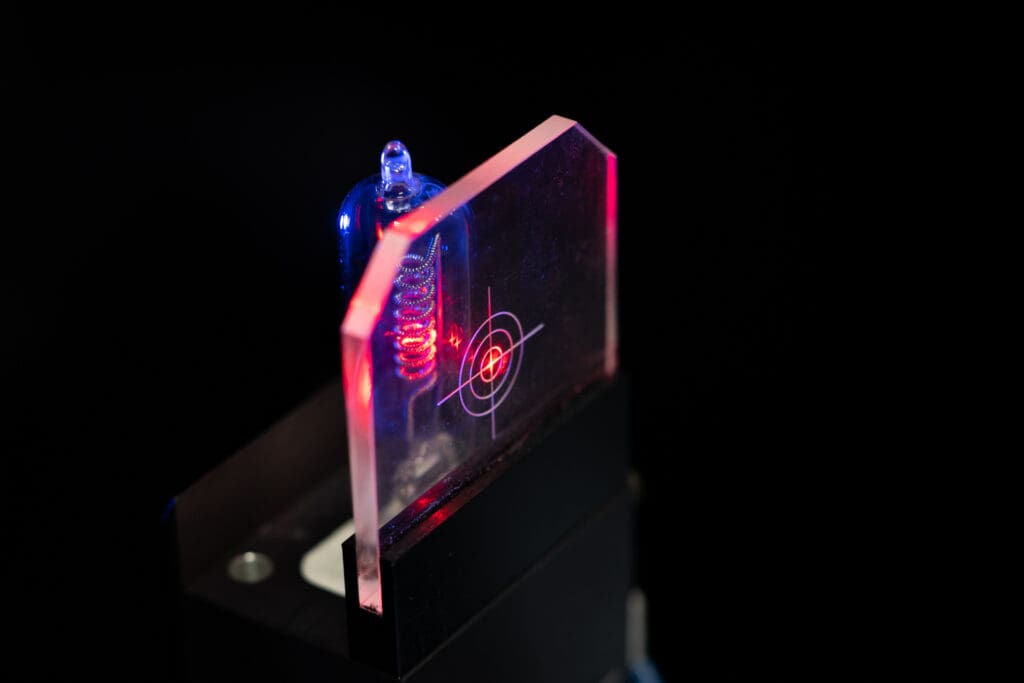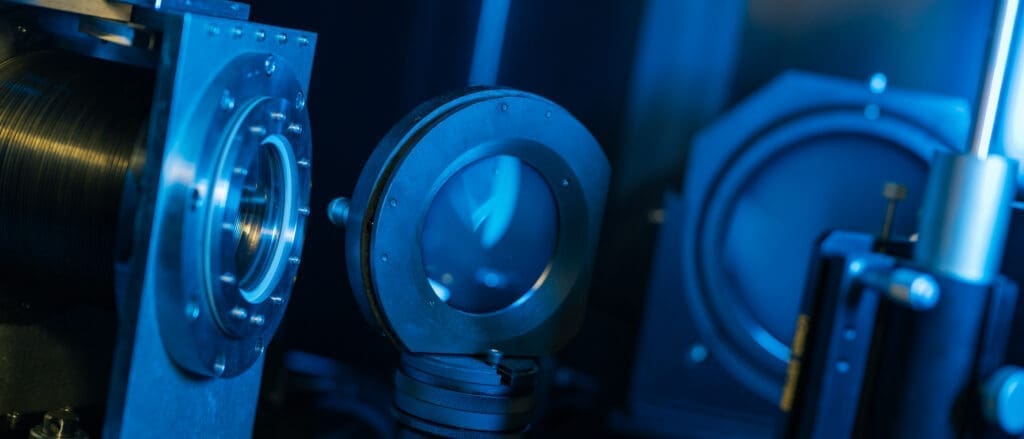Protocol for SI-traceable validation of methods for biomethane conformity assessment (BiometCAP)
Our role
VSL is leading the work package on creating impact which includes dissemination and communication activities as well as the exploitation and uptake of the project outputs. In the technical work package 1, VSL will gravimetrically and dynamically prepare and validate gas transfer standards to be used for the performance evaluation of analytical systems and will optimize the dynamic preparation facility. In work package 2, VSL will together with other partners working on the development of a comprehensive protocol for the validation and performance evaluation of the analytical instruments and methods that are used in the conformity assessment of biomethane. VSL will also work on the validation of the fitness of purpose of the protocol by demonstrating its applicability for the analysis of a number of parameters.
Start date: 1 October 2022
End date: 30 September 2025
Read more about this project here.

Meer weten over onze diensten?
Onze experts staan voor je klaar.
Jianrong Li
Scientist Chemistry
Projects
Our expertise in practice
Read more about our projects.









